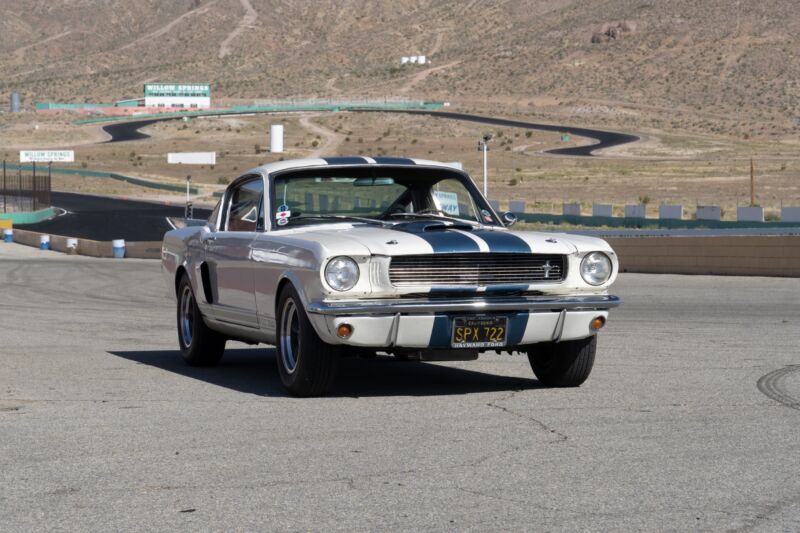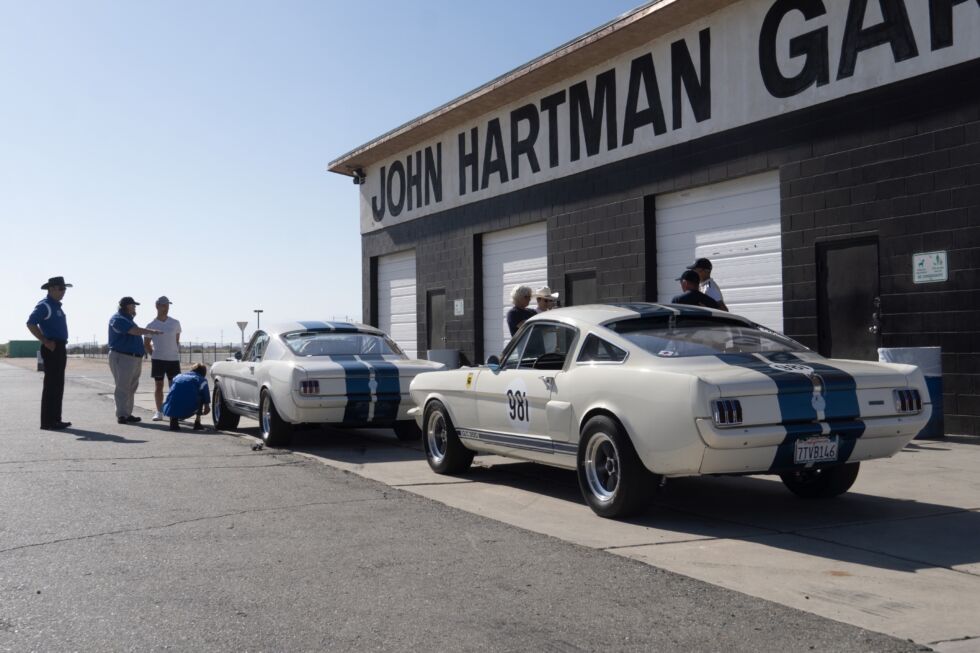
Michael Teo Van Runkle
To Shelby Mustang fans, the Original Venice Crew (OVC) is the stuff of legends. This was the actual team that designed and built the original GT350s, Cobras, Daytona Coupes, and GT40s that introduced Carroll Shelby’s name to the masses. Today, OVC builds modern Mustang re-creations so accurately that one was approved for last year’s Le Mans Classic, which celebrated 100 years of the world’s most famous endurance race.
But OVC also offers updated versions of those classics, bringing to life ideas that bounced around the shop back in the day but that Shelby never built in series production. Want a 1965 GT350 with independent rear suspension? OVC can do that, after dialing in a design that Ford originally believed would be too expensive as a replacement for the first-gen Mustang’s solid rear axle.
These projects don’t quite fit under the “restomod” umbrella, instead falling more along the lines of the ideas that OVC founder and boss Jim Marietta remembers from his days back at 1042 Princeton Drive. Think fender flares cut by hand rather than being machined or updated fiberglass front fascias to provide additional airflow.
OVC aims to keep the Shelby legend alive, and while helping photographer Dave Friedman compile a recent book, Marietta stumbled across a pair of photos taken in 1965 showing Bob Bondurant and Ken Miles testing a Shelby Mustang at Willow Springs. But a closer look at the images revealed a strange design detail: The hood featured a pair of heat extractor vents and a cowl intake designed by fellow OVC member Peter Brock but never actually seen on a production or racing GT350.

Michael Teo Van Runkle
Marietta reached out to Brock, who recalled the hood design and helped fabricate a new version for the modern era. Of course, the question of where to actually test the hood’s aerodynamics led to the only possible answer: back at Willow Springs. And that’s how I ended up in the passenger seat of an OVC Competition Model with current Vice President of Shelby American Vince LaViolette ripping around one of the most iconic tracks on the planet, both of us keeping an eye on the pattern of woolen tufts taped all over the car in the exact kind of old-school aero evaluation the original crew would have used back in 1965.
Revisiting “back in the day” today
In the 1960s, aerodynamicists struggled with a big gap between common sense design and today’s highly refined computational fluid dynamics modeling. LaViolette arrived at Willow Springs fresh off working on the aero packages for some of Shelby American’s forthcoming 2024 and ‘25 Mustangs and told me he looked forward to seeing how the classic methods worked in comparison.
“Back in the day, it was one of those things where everybody looked at it and went, ‘Why would you do that? The air comes in from the front!'” he laughed before climbing into the driver’s seat. “So what we’re here today to do is put wool tufts on the car and we’re gonna do it old-school and we’re gonna see which way the wool flows, see if it starts sucking into the scoop at the back.”
Before blasting out onto the track, both of us helped tape wool thread pieces pre-cut to around 4 to 6 inches onto the Mustang’s iconic Wimbledon White paint job with Guardsman Blue stripes. Using contrasting pieces of yarn would help LaViolette keep an eye on airflow patterns while racing around Willow Springs at speeds of up to 140 mph but also give a chance for spectators in the pits to eyeball—or more accurately, binocular—the tufts while he roared past. In a small concession to modernity (not to mention content creation), a couple of GoPros and video cameras with long telephoto lenses also dotted the car and track to provide more scientific documentation.

